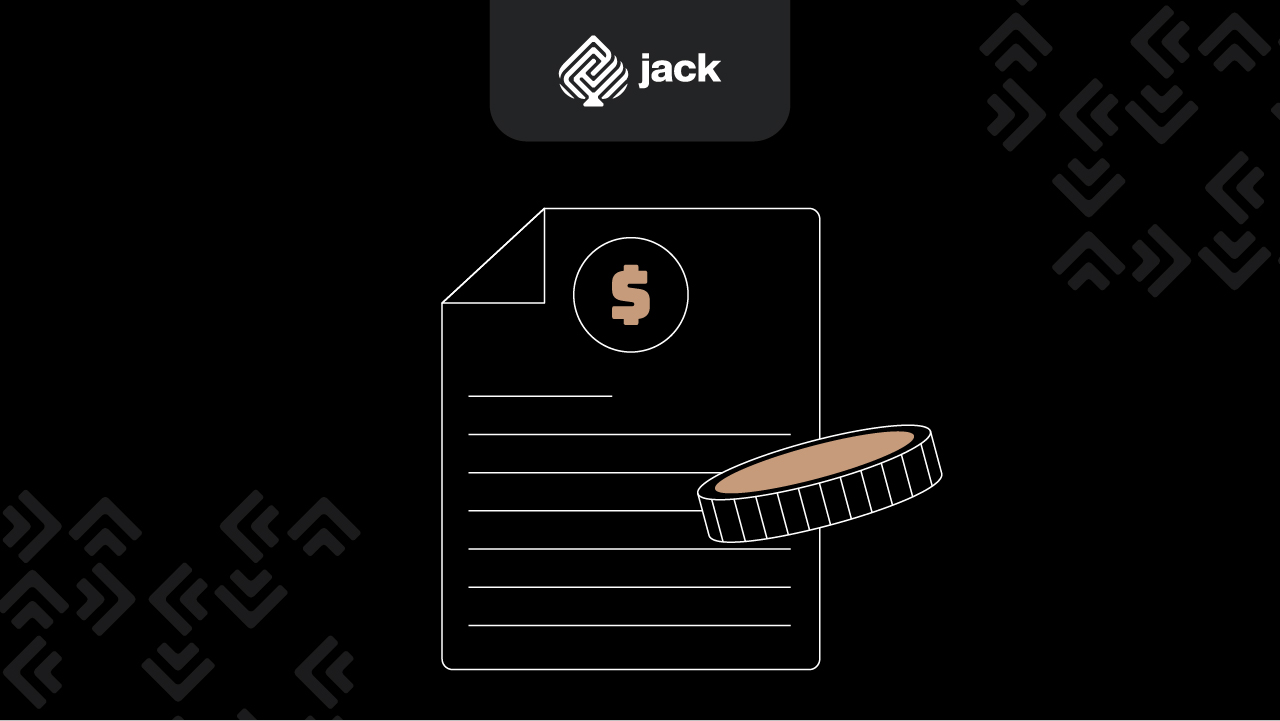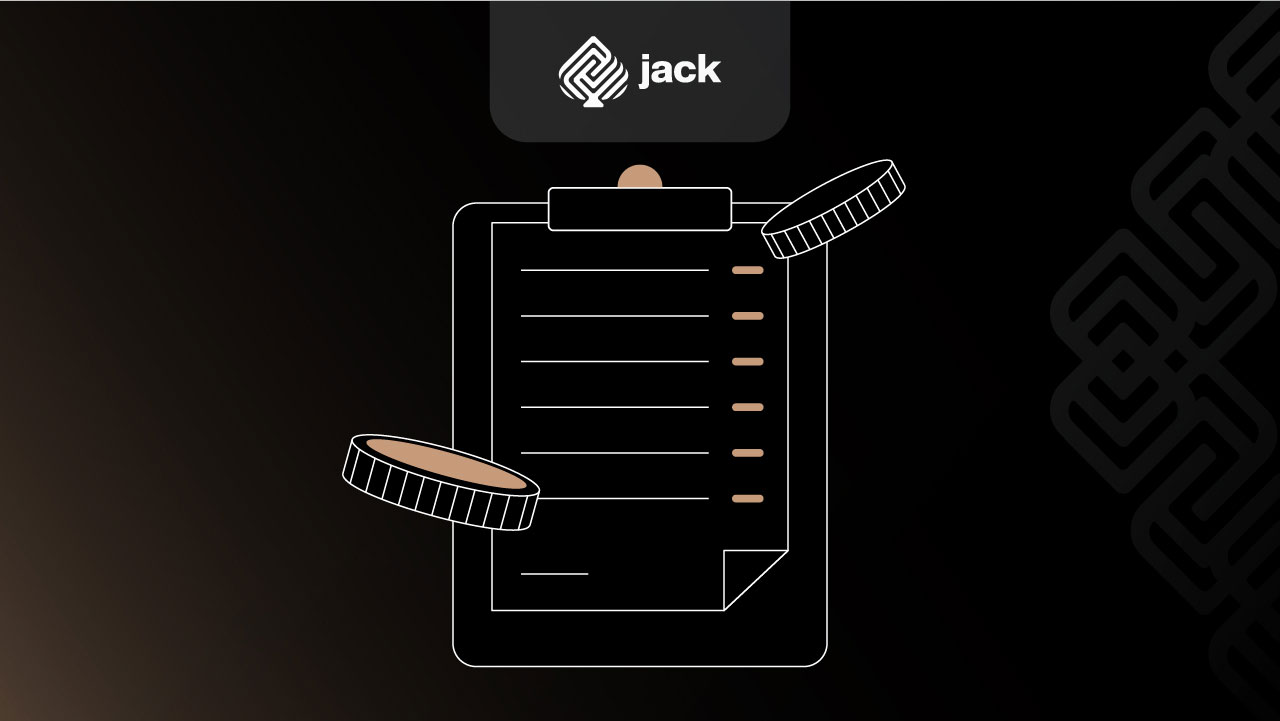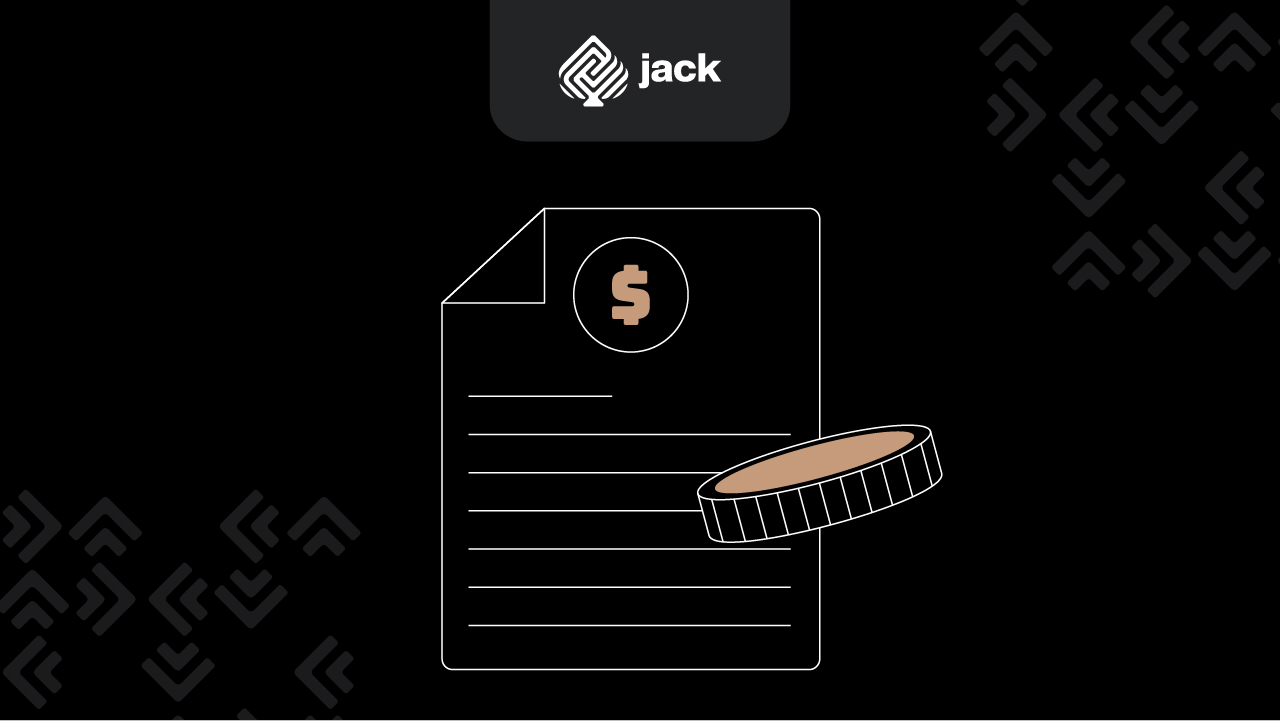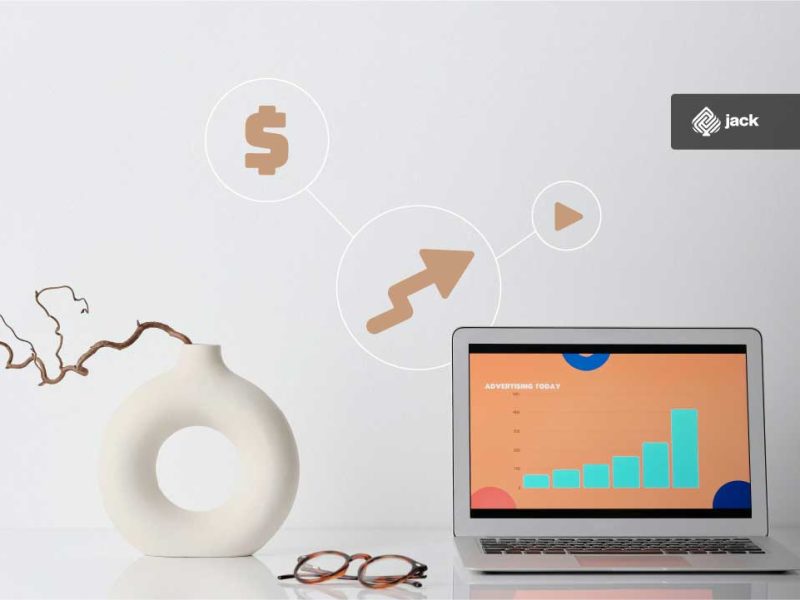In the continually evolving landscape of marketing, the success of a business is not only determined by the products or services offered but also by how information is conveyed to the target audience.
Marketing collateral, or promotional materials, is a crucial tool in achieving this goal. Here is a comprehensive discussion.
Definition of Marketing Collateral

Marketing collateral refers to a collection of promotional materials used to support the marketing activities of a company. It involves various tools such as brochures, pamphlets, presentations, and other visual materials. Marketing collateral is designed to convey relevant information to the target audience to influence purchasing decisions.
Marketing collateral plays a vital role in designing effective marketing strategies. As a communication tool, it helps companies explain the added value of their products or services.
By providing structured and convincing information, marketing collateral can enhance consumer trust and guide them toward conversion steps.
Importance of Marketing Collateral in Shaping Company Image

1. Increasing Brand Awareness
One of the main benefits of marketing collateral is increasing brand awareness. By disseminating consistent and informative materials, companies can create a positive impression in the minds of consumers and differentiate themselves from competitors.
2. Building a Professional Image
Well-designed collateral can also help build a professional image for the company. Attractive design and relevant content give the impression that the company maintains high standards and is serious about business.
3. Influencing Purchase Decisions
Collateral plays a crucial role in influencing purchase decisions. By presenting comprehensive and convincing information, marketing collateral can help prospective customers believe that the company’s products or services are the best solution for their needs.
Effective Types of Marketing Collateral

1. Brochures and Pamphlets
Brochures and pamphlets are among the most commonly used forms of marketing collateral. They provide space to present detailed and appealing product information.
2. Presentations
Presentations are effective tools for visually conveying information. By using well-designed slides, companies can captivate audiences and explain key points clearly.
3. Marketing Videos
In the digital era, marketing videos are becoming increasingly popular. Videos can provide a deeper experience for the audience and be a very effective means of marketing products or services.
4. Educational Materials and Guides
Educational materials and guides help expand consumer understanding of products or services. These can include guidebooks, whitepapers, or infographics that provide deeper insights.
5. Branded Merchandise and Apparel
Branded merchandise and apparel can be a form of physical, mobile marketing collateral. Items like shirts, hats, or other goods featuring the company’s logo or brand message help increase brand exposure.
By understanding and implementing these types of marketing collateral, companies can create a holistic marketing strategy and maximize its impact.
Key Success Factors for Marketing Collateral

1. Importance of Attractive Design
Attractive design is not just an additional element; it is the primary foundation of successful marketing collateral. First and foremost, attractive design creates a positive first impression and makes your marketing materials more memorable to the audience.
2. Consistency in Design with Brand Identity
The key to effective design is its consistency with the brand identity. The use of colors, typography, and other design elements that align with the brand identity helps create a uniform impression and enhances brand recall.
3. Use of High-Quality Graphics
High-quality graphics not only make marketing collateral look professional but also enhance visual appeal. This includes selecting images and graphics relevant to the content to deliver a stronger message.
4. Easily Understandable Layout
While striking design is essential, an easily understandable layout should not be overlooked. Ensuring that information is presented in a structured and logical manner helps the audience quickly understand the intended message.
5. Responsiveness to Social Media
With the evolution of social media, collateral design that is responsive to these platforms becomes increasingly important. Ensuring that your marketing materials can be easily shared and navigated on various platforms enhances reach and engagement.
6. Enhance Typography
Good typography can transform how your message is conveyed. Choose a text style that suits your brand, is easy to read, and provides a distinctive aesthetic touch.
Strategies for Using Marketing Collateral in Marketing Campaigns

1. Personalization for the Target Audience
One key strategy in using marketing collateral is personalization. Understanding your target audience and creating marketing materials relevant to their needs and preferences can significantly enhance campaign effectiveness.
2. Integration with Digital Marketing
Marketing collateral cannot stand alone. Integrate the use of collateral with digital marketing strategies, such as social media campaigns or email marketing. This helps create message consistency across platforms.
3. Focus on Brand Story and Values
In using marketing collateral, focusing on brand narrative and values is an effective strategy. Stories that touch the emotions of the audience and highlight your brand’s values can create a stronger bond.
4. Collateral Usage Segmentation
Each type of collateral may be more effective for a specific segment of your audience. Separate the use of collateral based on demographic targets or the purchase cycle to maximize its impact.
5. Measurement and Performance Analysis
Not to be overlooked, the strategy of using marketing collateral should be supported by measurement and performance analysis. Use analytical tools to track how the audience interacts with your collateral and the success rate of your campaigns.
In the competitive marketing world, the use of marketing collateral is an indispensable strategy. By planning and executing the right strategy, and understanding its benefits, you can create strong and effective marketing materials.
Use Jack for your business needs
Remember to stay consistent with your brand and continually monitor the performance of your marketing collateral for continuous improvement.






